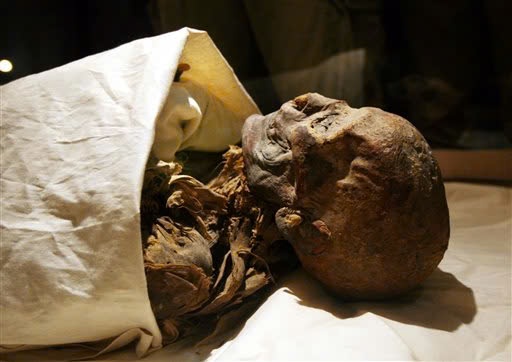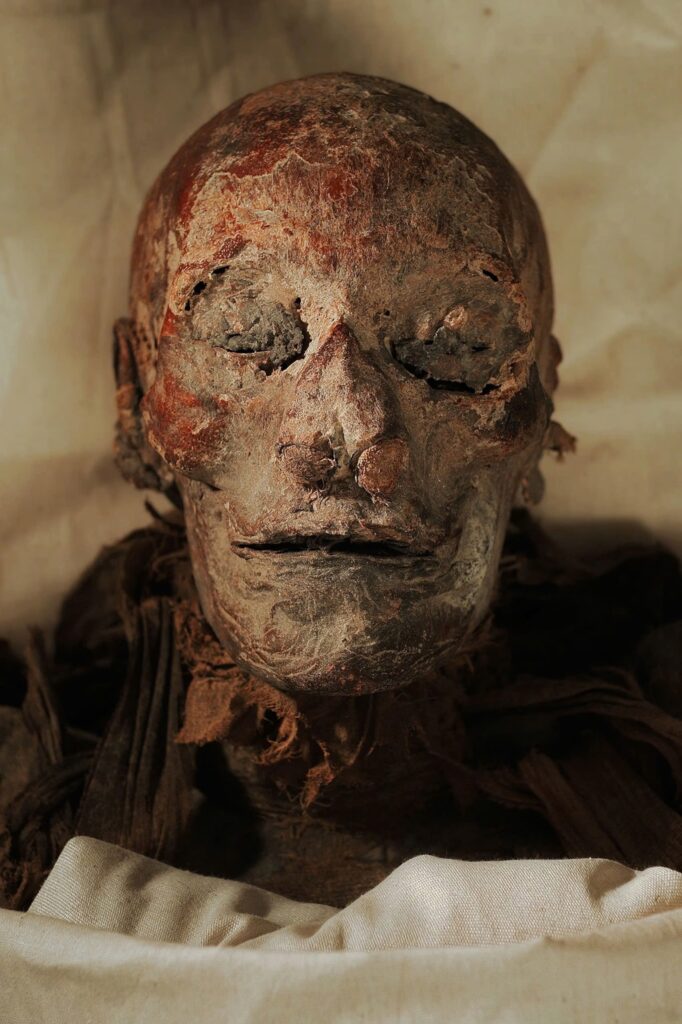In 1903, renowned Egyptologist Howard Carter made a significant discovery when he found two mummies in tomb KV60 in the Valley of the Kings, one in a coffin and the other on the floor. Unbeknownst to him, he had uncovered the remains of one of Egypt’s most powerful female pharaohs.

Years later, as part of the Egyptian Mummy Project, researchers began examining unidentified royal mummies using CT scans. A breakthrough occurred when they analyzed a canopic box inscribed with Hatshepsut’s name, finding a molar tooth that perfectly matched one of the KV60 royal mummies.

Analysis of Hatshepsut’s mummy revealed she likely died around the age of 50, facing significant health issues such as obesity, diabetes, and cancer. After her death, her stepson reportedly attempted to erase her from history, but Hatshepsut’s influence on ancient Egypt remained too impactful to be forgotten.

Hatshepsut is noted for her extensive construction projects across Egypt, leaving a lasting mark on the country’s landscape. As one of the few women to rule as pharaoh, her achievements continue to intrigue scholars and the public. Despite attempts to remove her from history, her reign is remembered as a time of stability and prosperity, marked by important diplomatic and trade advancements.

The story of Hatshepsut’s mummy, from Howard Carter’s initial discovery to modern scientific analysis, exemplifies the enduring significance of archaeological research, reminding us that the secrets of the past can still be uncovered, offering valuable insights into the lives of those who shaped our history.
Video

